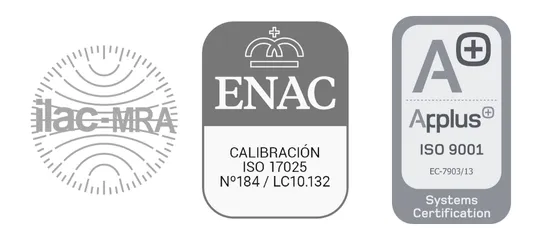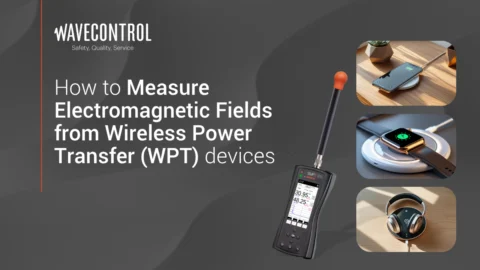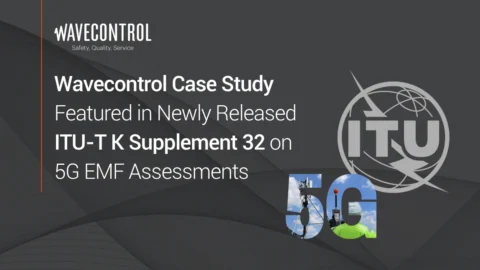EMF Assessment for Users of Active Implanted Medical Devices

Active Implanted Medical Devices (AIMDs), such as pacemakers, cochlear implants, and defibrillators, are vital for managing critical bodily functions. While these devices are designed with resilience in mind, strong electromagnetic fields (EMF) can interfere with their operation, leading to potential malfunctions that could have serious implications for users. Ensuring the electromagnetic compatibility (EMC) of these devices, particularly pacemakers, is vital.
This article explores the challenges of EMF assessment for AIMD users, highlights relevant standards and manufacturer guidelines for addressing EMF risk, and discusses how Wavecontrol measurement solutions can help ensure safety, along with the benefits and practical applications of detailed EMF evaluations across various environments.
Understanding the Challenge: EMF Assessment for AIMD Users
The interaction between AIMDs and electromagnetic fields presents a unique challenge. Pacemakers, for instance, are highly sensitive to low-frequency electrical signals and can also be affected by modulated or pulsed high-frequency signals, which may mimic physiological signals and cause unintended device operation. Such interference can lead to inhibited pacing, asynchronous pacing, or even inappropriate shock delivery in implantable cardioverter-defibrillators (ICDs). Static or varying magnetic fields can also activate magnetic switches within these devices, temporarily deactivating essential treatments. Therefore, accurate EMF assessment is crucial, focusing on the maximum instantaneous field to identify potential interference risks.
International and regional EMC certification standards, including ISO 14117, IEC 60601-1-2, and CENELEC EN 45502-2-1, define strict test protocols to ensure AIMDs function correctly within specified EMF exposure limits. Notably, the ICNIRP 1998 general public guidelines are highly restrictive and are often referenced for AIMD risk assessment. However, it is essential to understand that compliance with general public limits does not always guarantee immunity from interference for AIMDs, as device-specific thresholds can be more conservative. This underscores the necessity for detailed, case-by-case evaluation of EMF exposure, considering the specific AIMD model and its individual settings.
Comprehensive EMF Measurement Solutions to Increase Safety
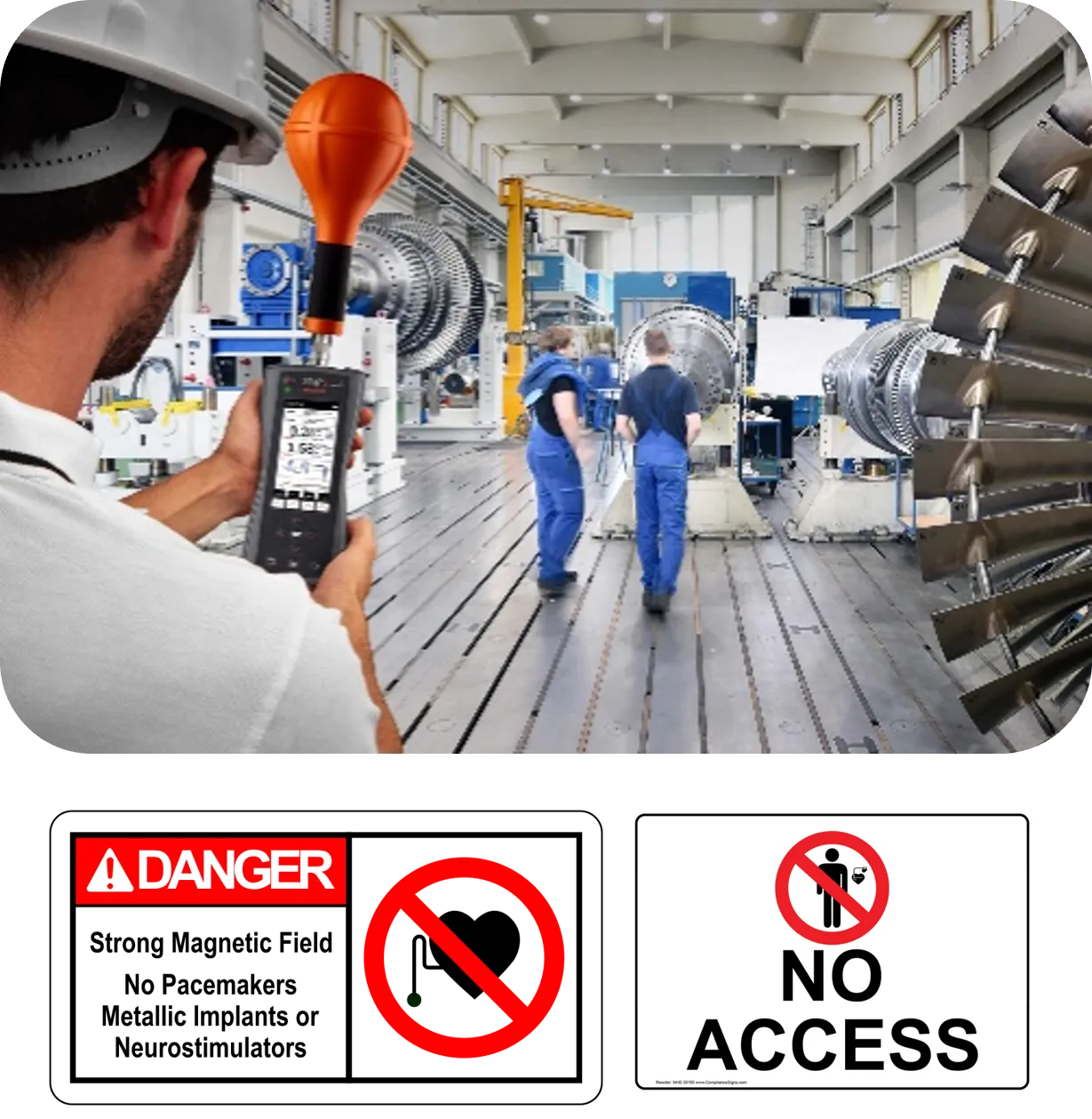 To address these challenges, comprehensive EMF measurement and monitoring are indispensable. At Wavecontrol, with 28 years of experience in EMF safety, we provide an array of robust EMF measurement devices designed to facilitate thorough EMF compliance and electromagnetic compatibility testing across a wide range of frequencies.
To address these challenges, comprehensive EMF measurement and monitoring are indispensable. At Wavecontrol, with 28 years of experience in EMF safety, we provide an array of robust EMF measurement devices designed to facilitate thorough EMF compliance and electromagnetic compatibility testing across a wide range of frequencies.
For general EMF assessment and detailed site analysis, our SMP3 EMF portable meter stands out. This 3-in-1 instrument offers versatile field probes, including the WPH-DC probe for static magnetic fields and low-frequency probes up to 10 MHz, covering the entire spectrum of relevant frequencies. This capability enables precise electromagnetic field measurement in various environments, from industrial workplaces to public spaces.
The SMP3 assists in defining and marking restriction zones where device interference thresholds might be exceeded, aligning with manufacturer-specified limits rather than just general public guidelines.
For individual AIMD users, our WaveMon personal monitors offer real-time detection and alerts for potential EMF risks. These personal monitoring devices serve as valuable supportive tools, particularly for magnetic field monitoring with the WaveMon LF-400. Users can configure alarm thresholds according to their AIMD manufacturer requirements or physician directions, providing immediate warnings if set thresholds are exceeded, and empowering users to take necessary precautions, such as stepping away from an EMF source.
All Wavecontrol instruments are delivered with ILAC-accredited calibrations, ensuring global acceptance and reliability for your EMF monitoring instruments. It is crucial to remember that personal monitors act as warning devices and do not replace detailed site assessments or physician guidance.
Benefits and Practical Applications of Detailed EMF Assessment
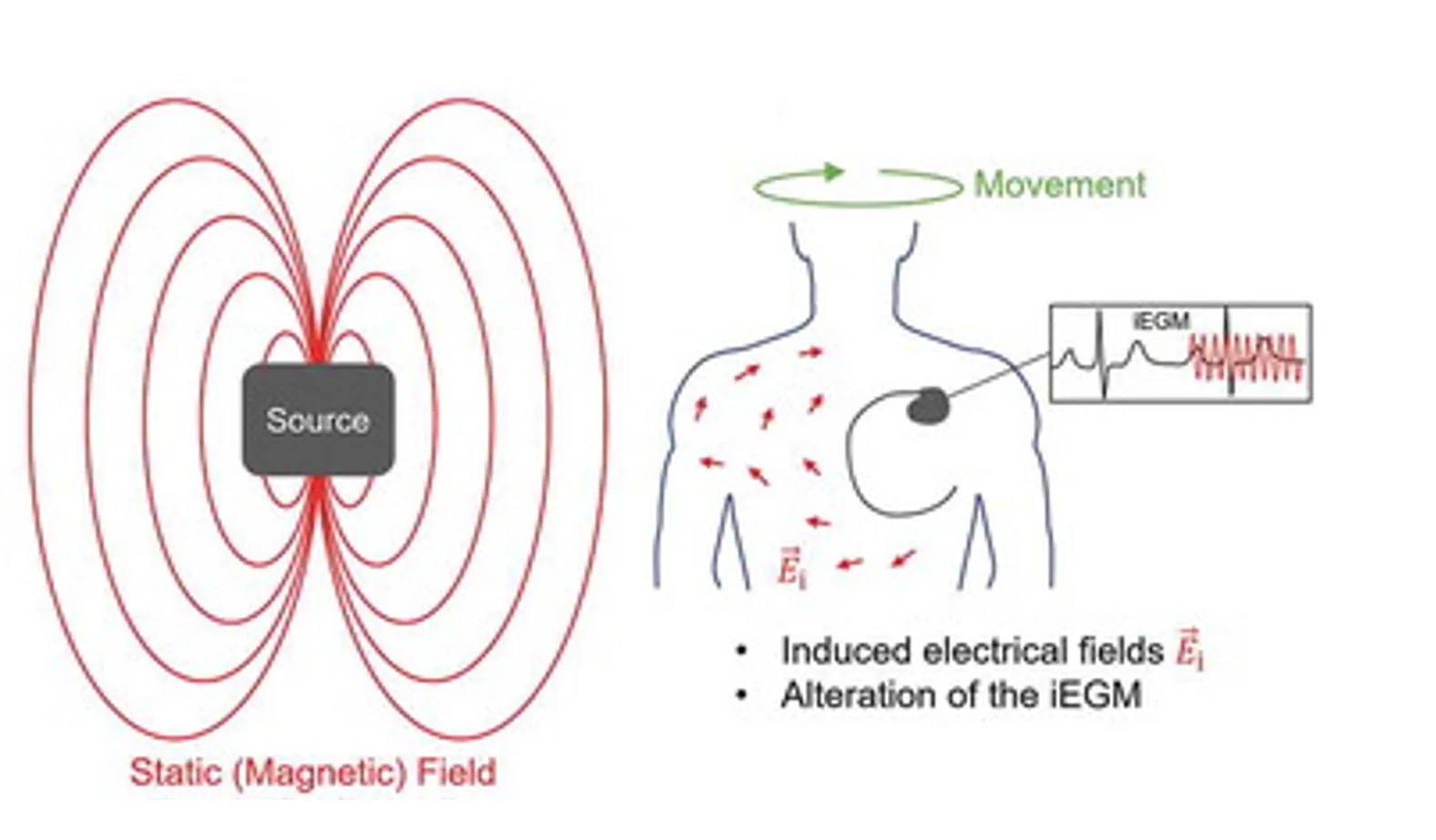
A comprehensive EMF assessment strategy, using high-quality measurement devices, provides significant risk reduction for AIMD users and supports employers in maintaining safe environments. Unlike general compliance with population limits, this approach accounts for the specific sensitivities of implanted medical devices by thoroughly evaluating workplaces for electromagnetic interference (EMI). The result is the development of clear safety guidelines and restriction zones.
Furthermore, incorporating manufacturer and physician guidance is a critical component of risk reduction. AIMD manufacturers provide vital information on managing EMI risk, including recommendations for safe distances from various appliances and equipment that might interfere with device operation. Physicians also play a key role, considering individual patient history, device configuration, and daily activities to recommend personalized precautions.
In complex or high-risk scenarios, detailed assessments—guided by standards such as EN 50527-2-1—are essential. These include situations involving prior EMI incidents or equipment excluded from approved compliance lists. By combining precise site analysis, accurate EMF measurements with Wavecontrol solutions, and adherence to device-specific recommendations, organizations can implement a detailed and targeted EMI risk management strategy.
Conclusion
Effective EMF assessment for active implanted medical device users is a multi-faceted endeavor that combines adherence to international standards, utilization of precise EMF monitoring instruments, and close collaboration with manufacturers and medical professionals. Wavecontrol’s comprehensive EMF measurement solutions provide the tools necessary for thorough and accurate electromagnetic field measurement, supporting organizations and individuals in navigating complex EMF environments. By prioritizing detailed EMF assessment and acting upon specific device thresholds, we can contribute to a safer environment for AIMD users.
To learn more about Wavecontrol’s innovative EMF measurement solutions and how they can support your EMF assessment needs contact one of our experts.
